When using a Windows PC, many users encounter frequent program crashes, blue screen errors, or prompts indicating an "ntdll.dll error". This article will explain the common causes of ntdll.dll crashes and provide a complete troubleshooting guide to help you quickly identify and resolve the issue, restoring system stability.
1. What is ntdll.dll?
ntdll.dll (Windows NT Layer DLL) is one of the core components of the Windows operating system. It contains many low-level system functions and is responsible for:
System memory management
Process and thread scheduling
Exception handling and system calls
When ntdll.dll experiences errors, it often causes application crashes, system instability, or even blue screen errors.
2. Common Causes of ntdll.dll Crashes
Incompatible or corrupted drivers
Damaged or missing system files
Corrupted original ntdll.dll file
Software conflicts or incompatibility
Hardware issues (e.g., faulty RAM)
3. Complete Troubleshooting Steps
Step 1: Update Your Drivers
Outdated, corrupted, or incompatible drivers are one of the most common reasons for ntdll.dll errors. It's recommend to use Driver Talent X, which saves time and reduces the risk of installing the wrong drivers.
Click the Download button to get the latest version of Driver Talent X. Install and launch the software.
Under the Drivers section, choose "Scan", then click the "Scan" button. The software will automatically detect the status of all your drivers.
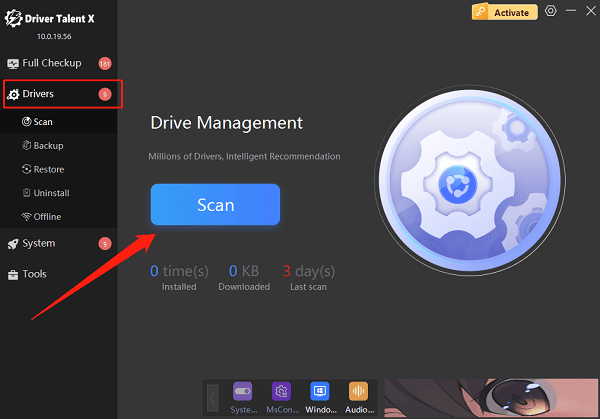
Locate outdated drivers in the scan results and click the "Upgrade" button.
Restart your computer after the update to ensure the changes take effect.
Step 2: Run System File Checker Tools
Run SFC Tool:
Press Win + S, search for "CMD", right-click on Command Prompt, and select "Run as administrator".
In the command prompt, type: sfc /scannow and press Enter.
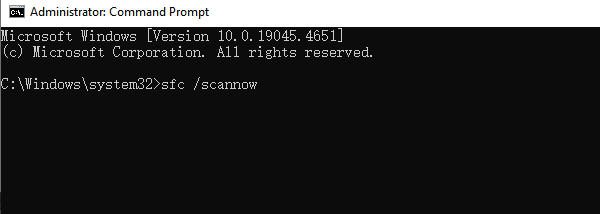
This command will scan and repair corrupted system files. It may take several minutes.
If the scan results show "Windows Resource Protection found corrupt files and successfully repaired them", restart your PC and check if the issue is resolved.
Use DISM Tool:
If SFC fails to fix the files, run the command: DISM /Online /Cleanup-Image /RestoreHealth
This will download and replace corrupted system files from the Windows Update server (internet connection required).
Restart your PC and try running the problematic application again.
Step 3: Replace the Corrupted ntdll.dll File
Get a Healthy Version:
Locate the file at C:\Windows\System32\ntdll.dll.
Find the same file from another working Windows 10 machine, copy it to a USB drive or other storage.
Replace the File:
In the same directory, rename the current ntdll.dll file (e.g., to ntdll_old.dll for backup).
Copy the healthy ntdll.dll file into the directory.
Right-click the new file, go to "Properties" > "Security" > "Advanced", and make sure the Administrators group has full control.
Restart your PC and check if the crash is resolved.
Step 4: Uninstall Recently Installed Software or Updates
Recently installed software or updates might conflict with the system:
Go to Settings > Apps to uninstall recently added software.
Open Control Panel > Programs and Features > View installed updates, and uninstall recent Windows updates if necessary.
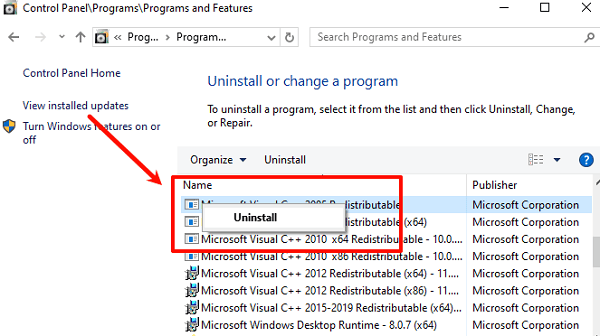
Step 5: Run Program Compatibility Troubleshooter
Right-click on the crashing program's icon and choose "Properties".
Go to the "Compatibility" tab, then click "Run compatibility troubleshooter".
Choose "Try recommended settings". Windows will detect compatibility issues and suggest fixes.
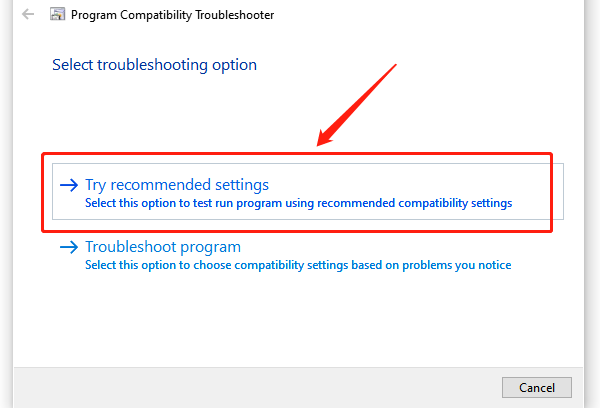
You can also manually try:
Check Run this program in compatibility mode, and select Windows 7 or Windows 8.
Check "Run this program as an administrator".
Click Apply > OK, then restart the program to see if it crashes.
Step 6: Check for Hardware Issues
1). Run Windows Memory Diagnostic:
Press Win + R, type "mdsched.exe", and press Enter.
Select "Restart now and check for problems (recommended)".
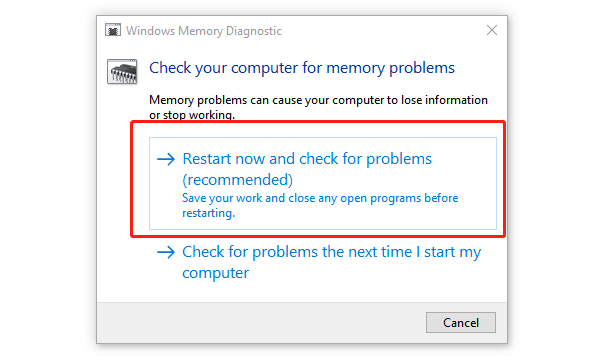
Windows will scan your RAM during restart and show the results afterward.
If memory errors are found, consider replacing the RAM.
2). Run Disk Check (CHKDSK):
Open Command Prompt as Administrator.
Type: chkdsk C: /f /r (replace C: with the drive where ntdll.dll is located, if different).
If prompted to schedule disk check on next boot, type "Y" and press Enter.
Restart your PC and wait for the scan to complete.
4. Prevention Tips
Regularly update Windows and your drivers
Avoid installing software from unknown sources
Install antivirus software and run regular scans
Keep your system clean by removing junk files
Back up important data regularly to prevent accidental loss
Although ntdll.dll crashes can be frustrating, this guide can help you systematically identify and resolve the root cause. In most cases, following the steps above will restore your system's stability.
Keeping your system and drivers up to date and implementing strong security practices is key to preventing such issues. If you need an efficient tool for driver management and system maintenance, consider using Driver Talent X — optimize your PC with one click and stay protected from performance issues.
